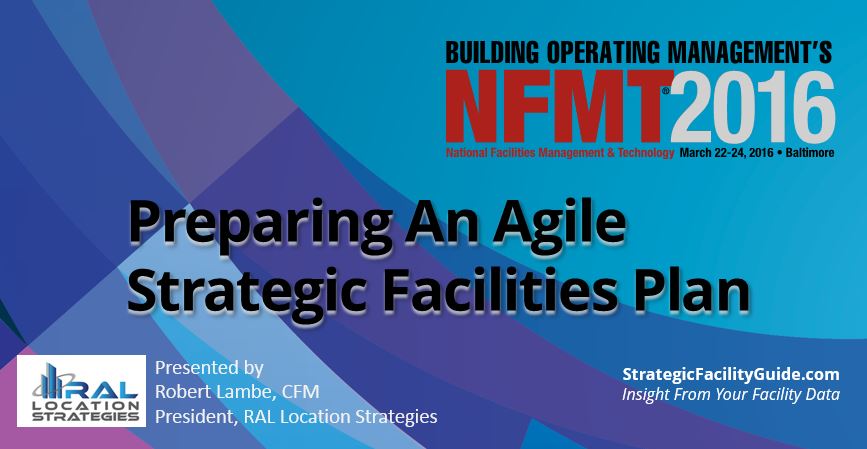We all know the nature of a bank/credit union branch is going to change. All industries evolve and that time for retail financial is now. There is a lot of serious and interesting discussion of Micro-branches, the Experiential Branch, the Digital Branch, and other competing visions of the “Branch of the Future.” As a facility person, two parts of this discussion are of the most interest:
- Why do we think there is a single, right “Branch of the Future” for our organization?
- How can we get started on a successful transformation?

